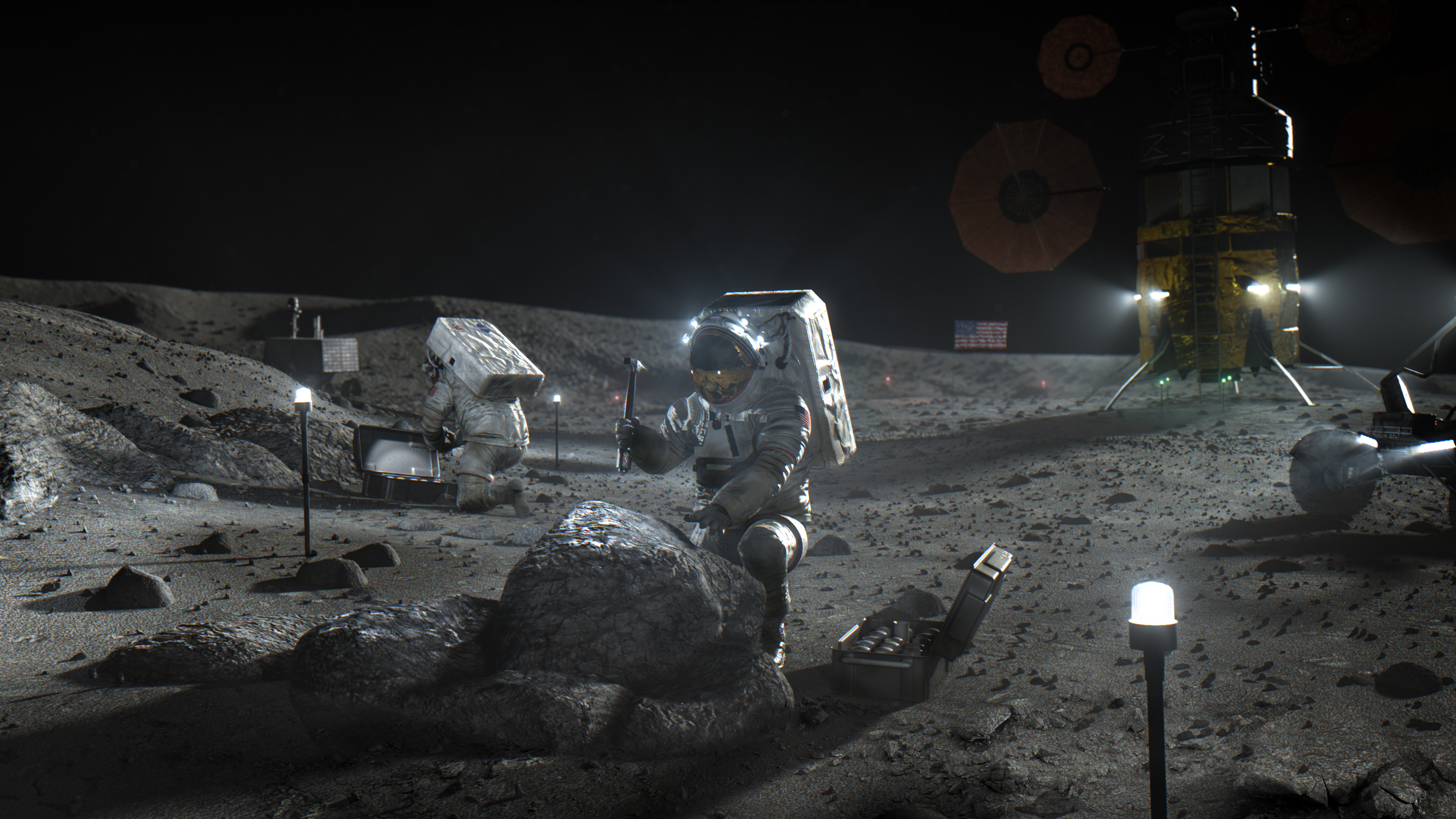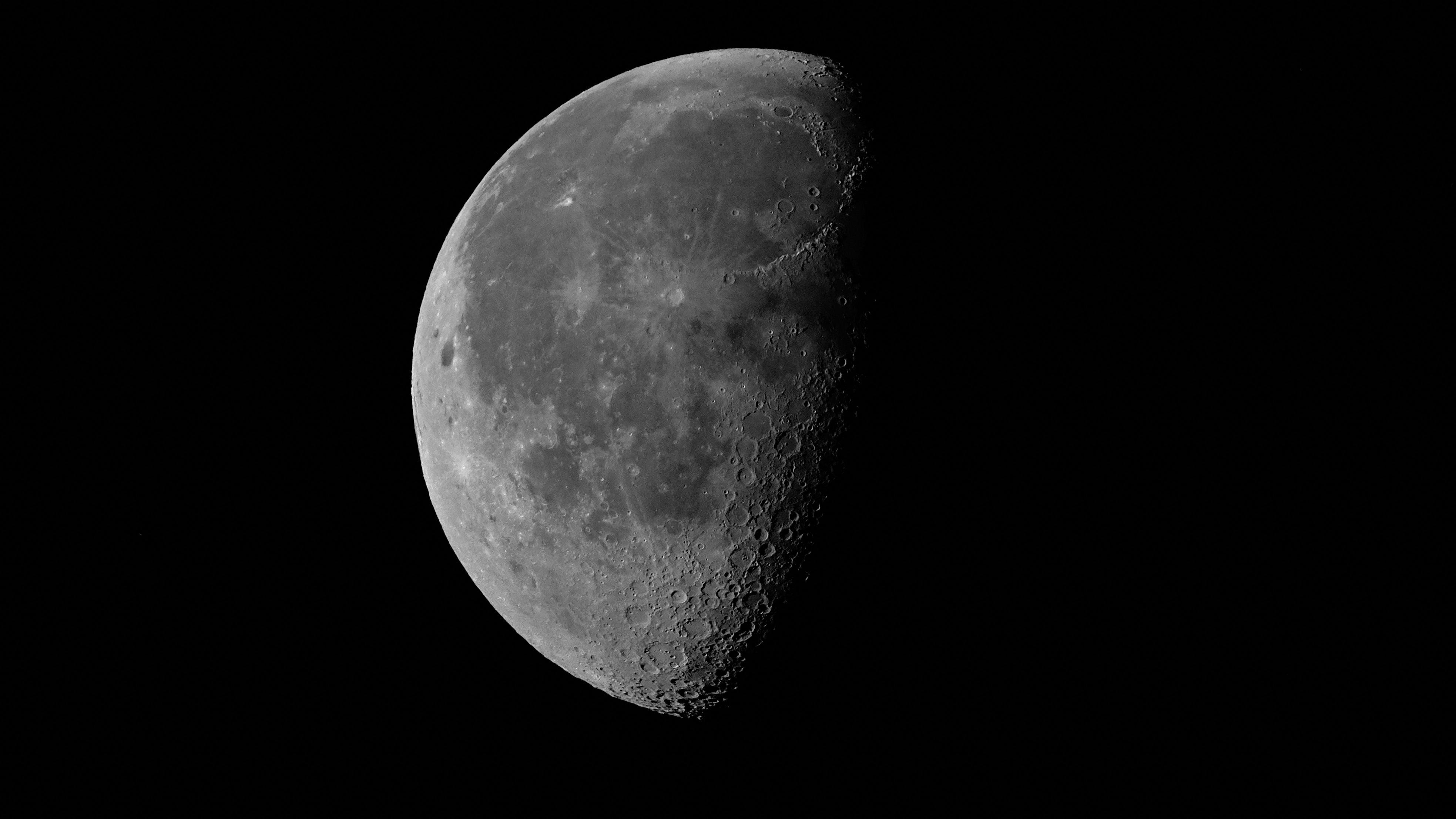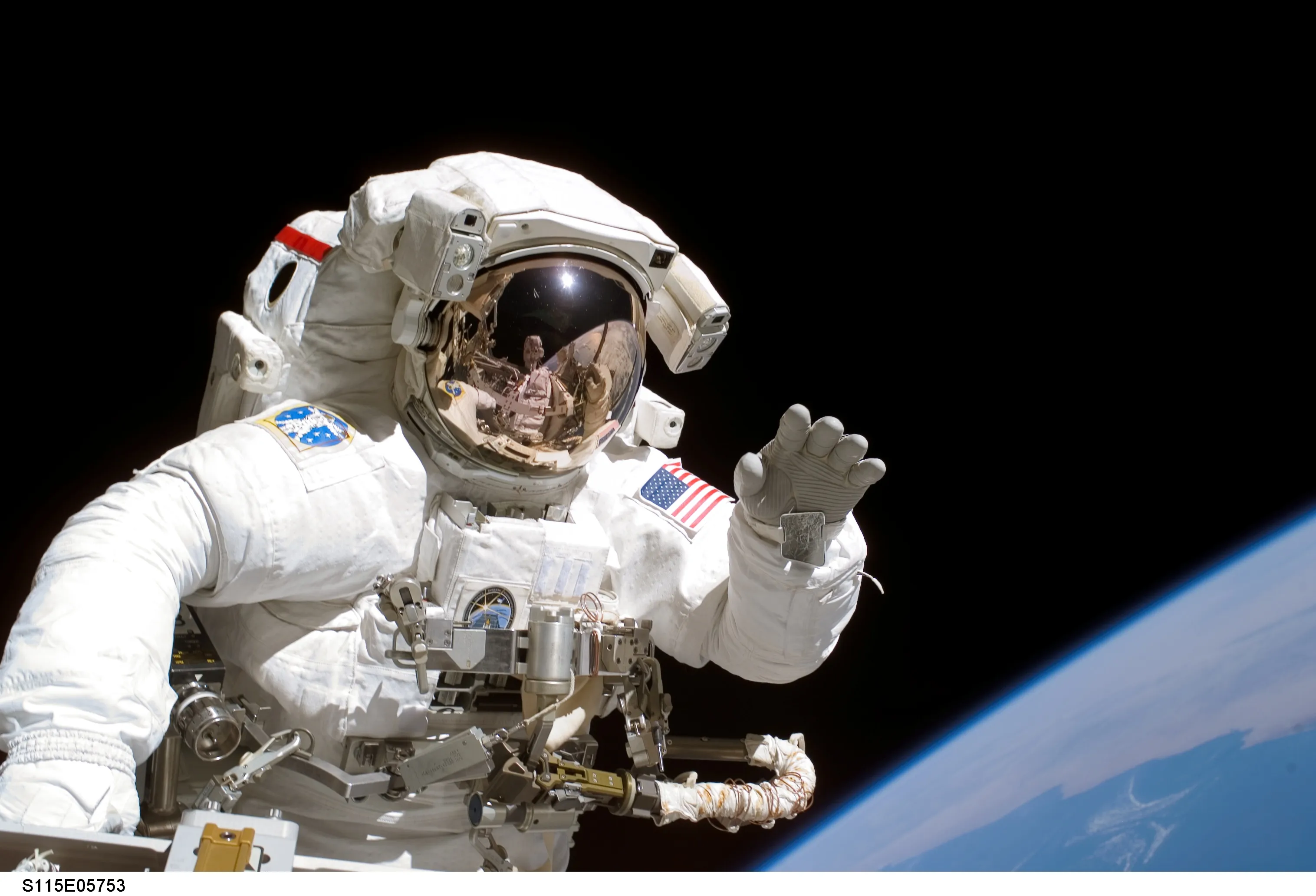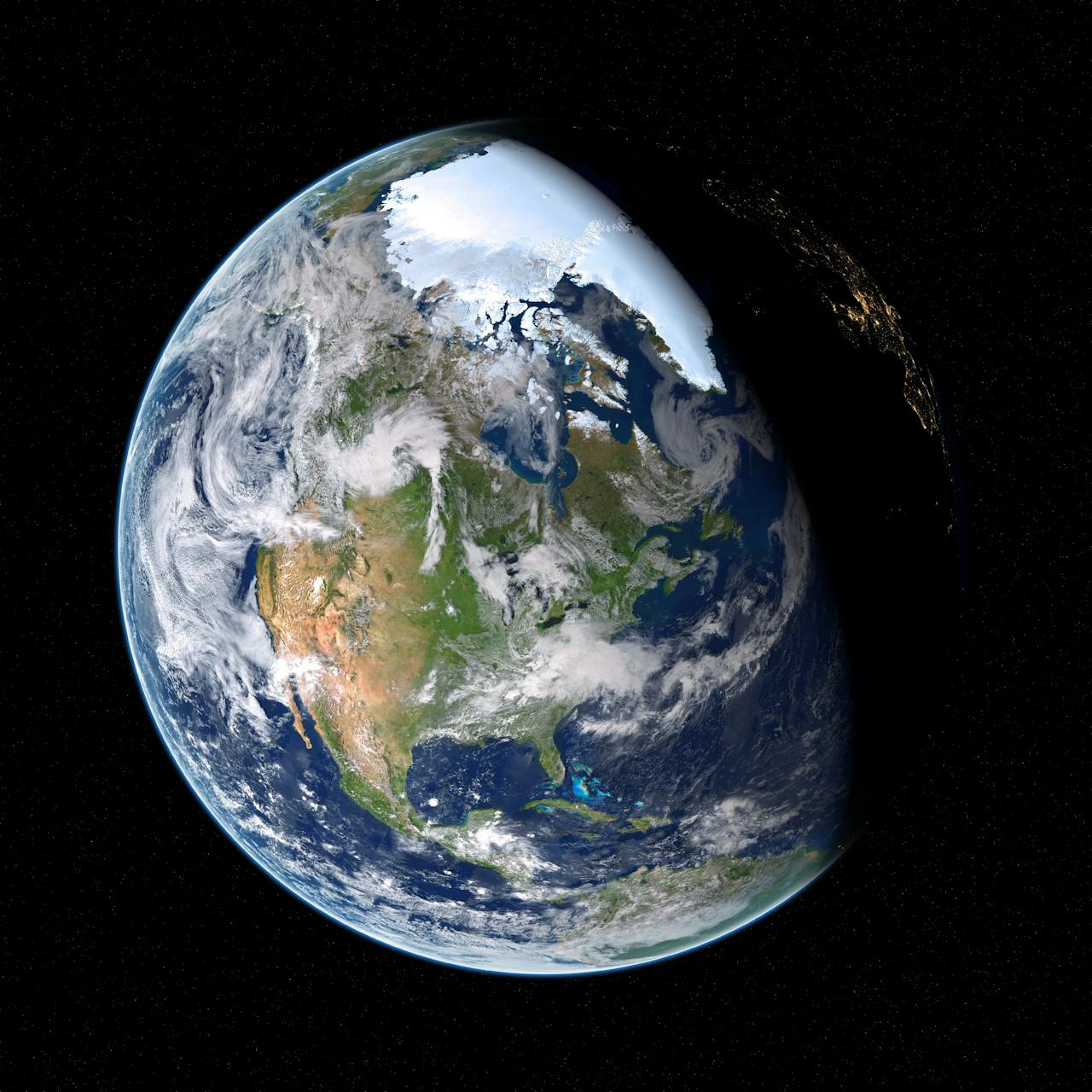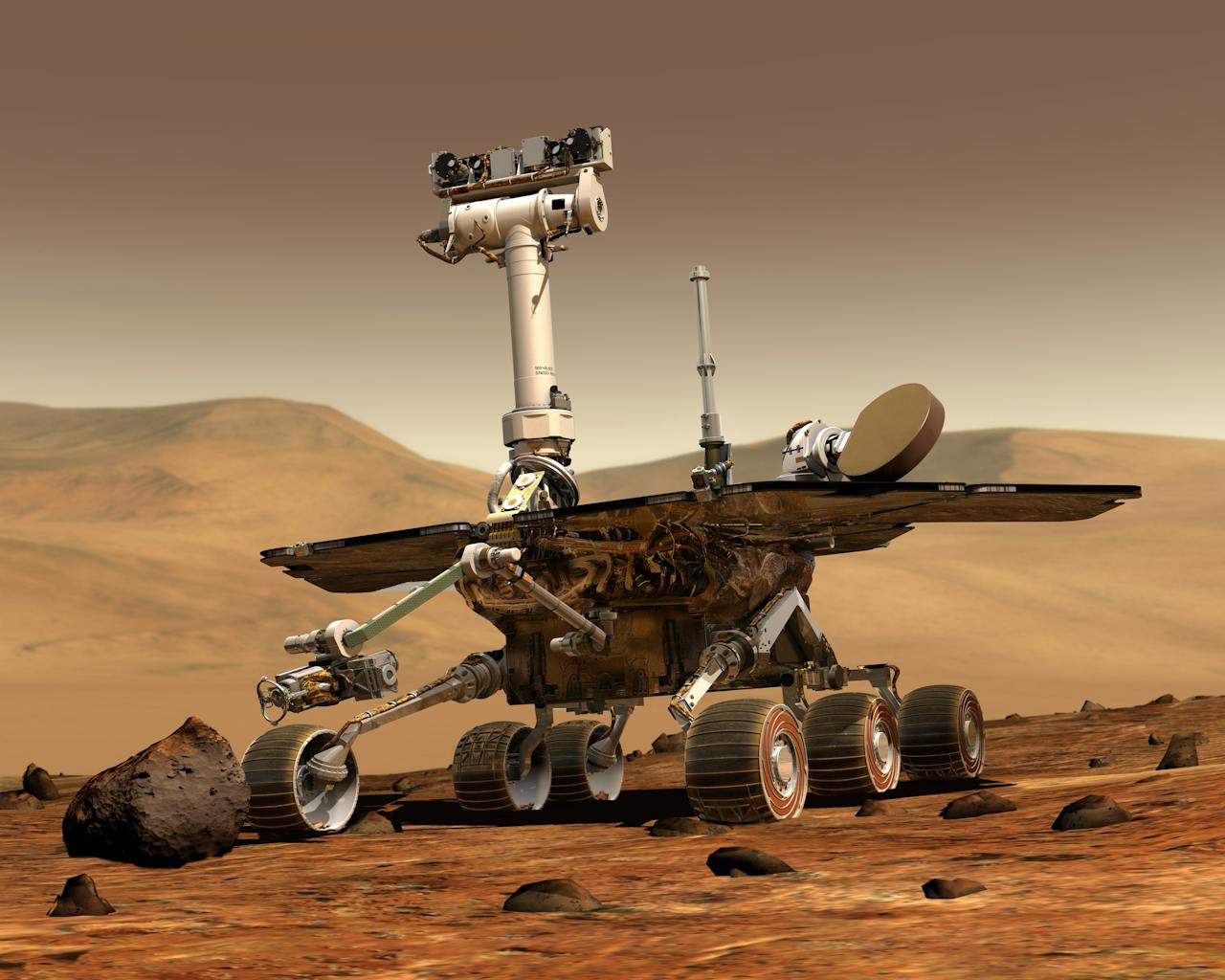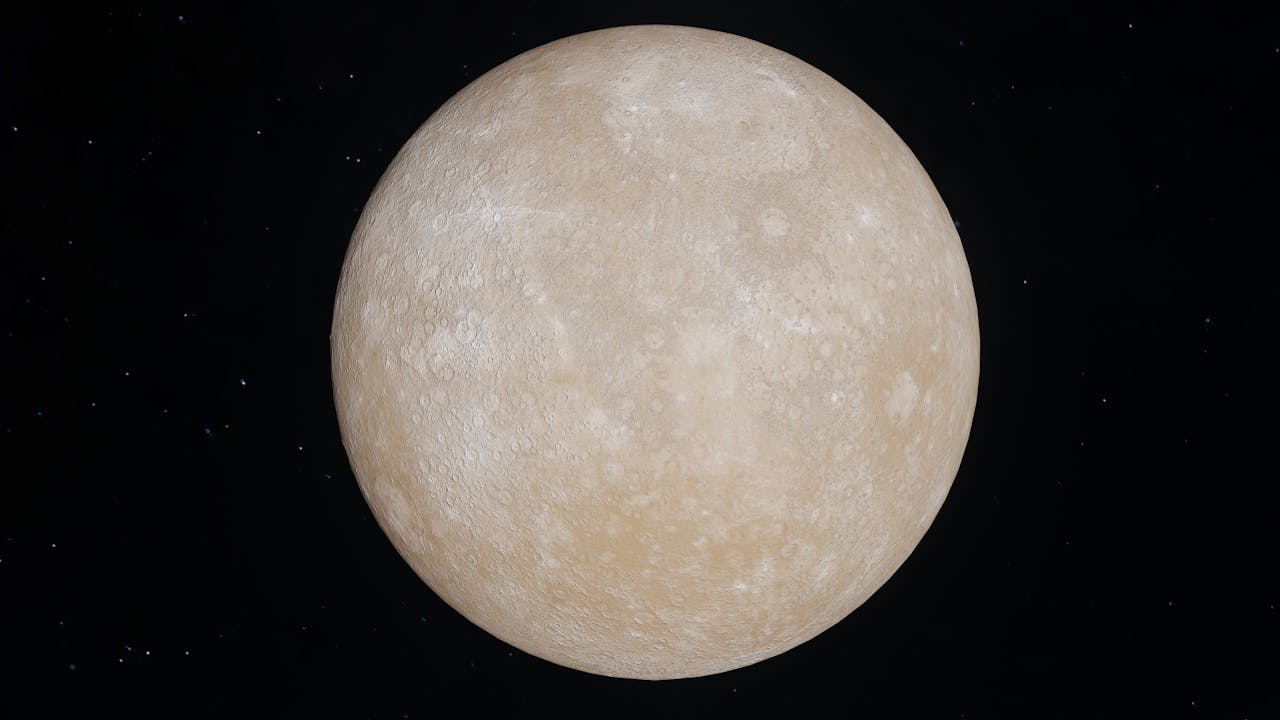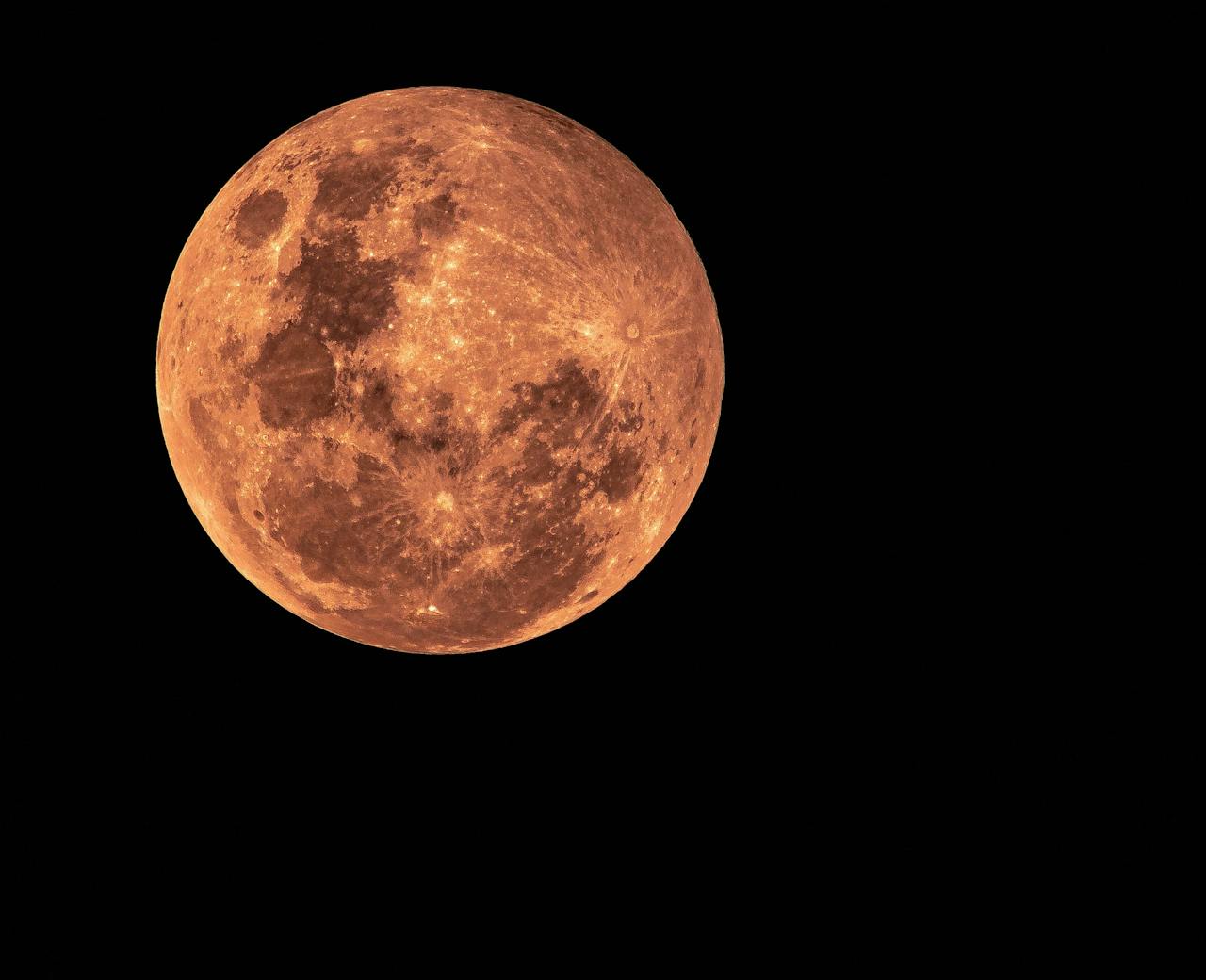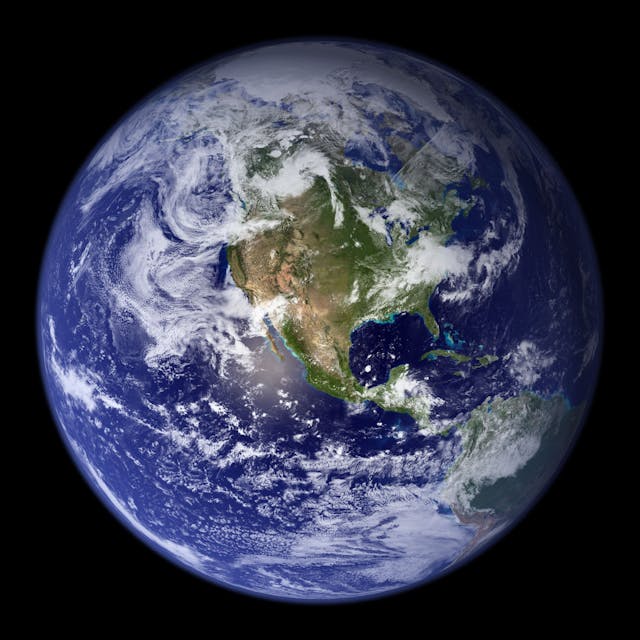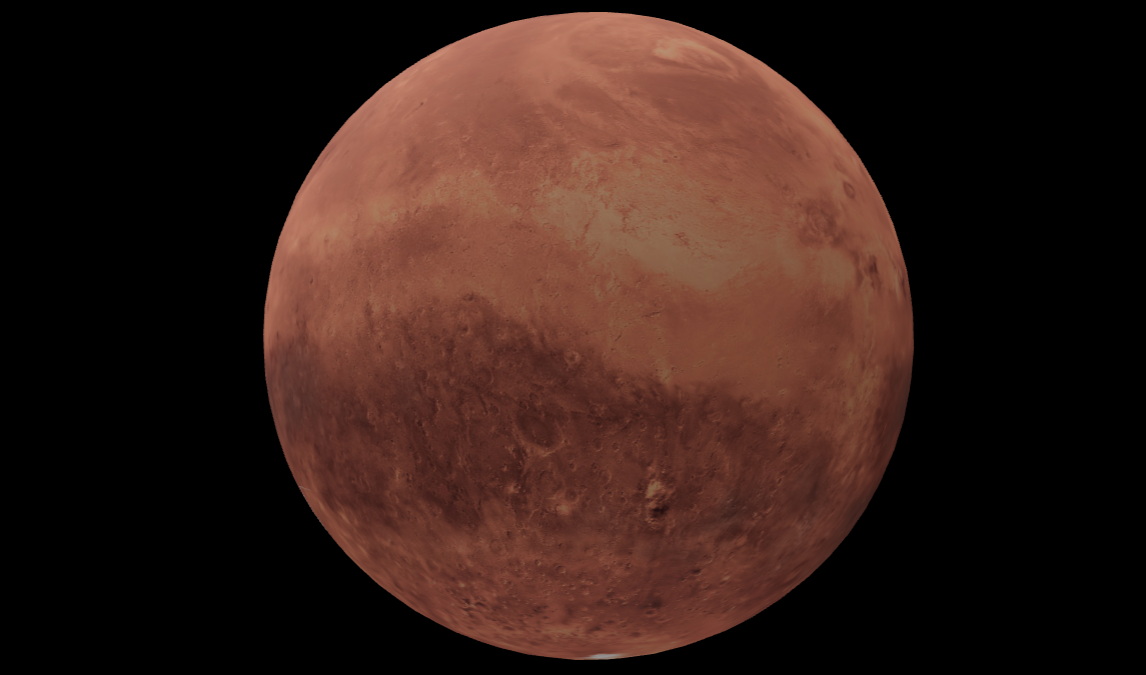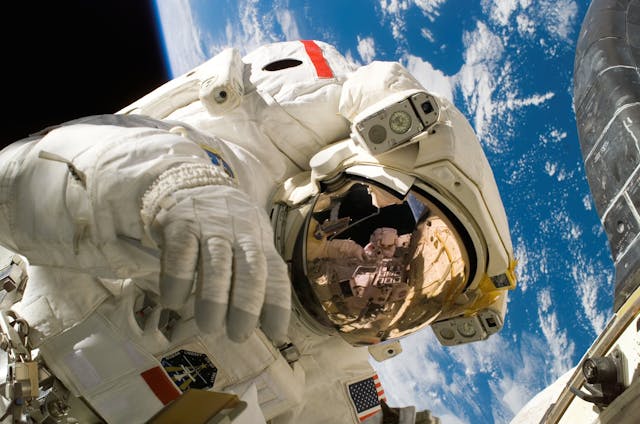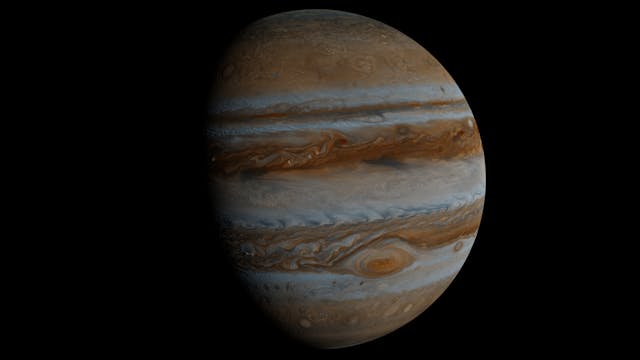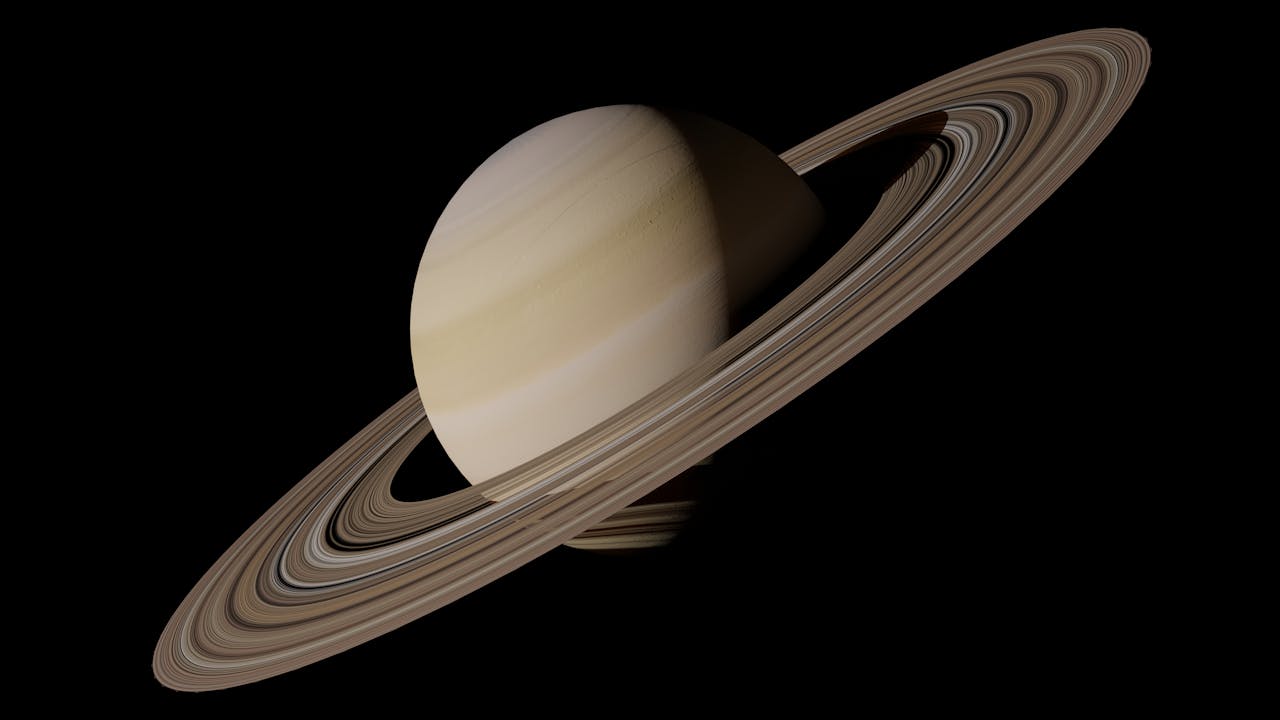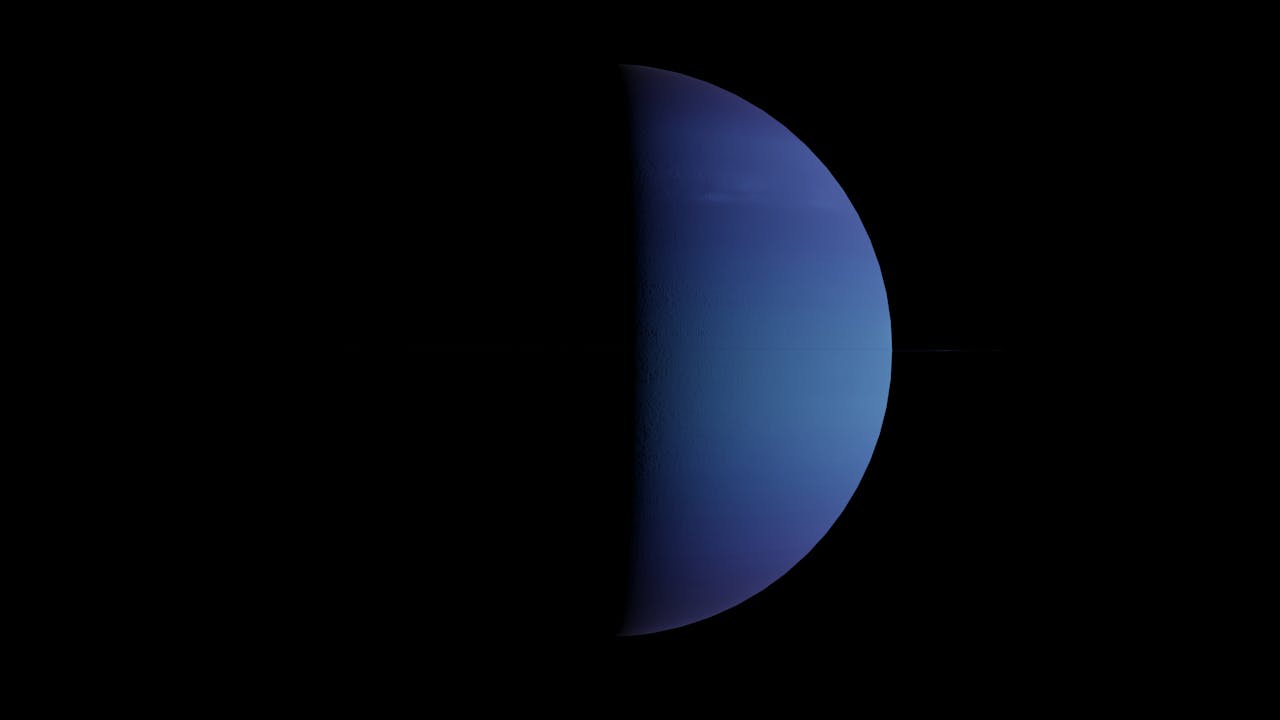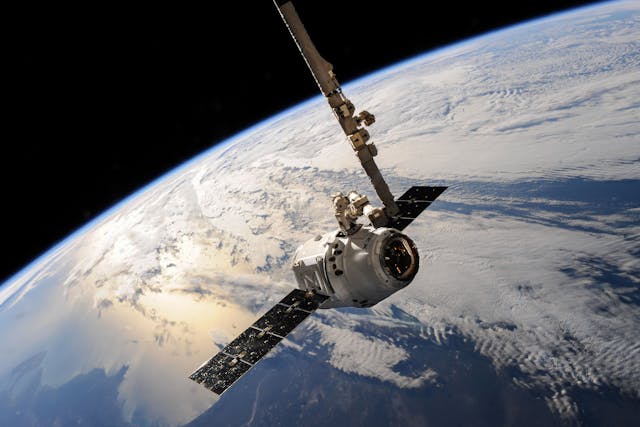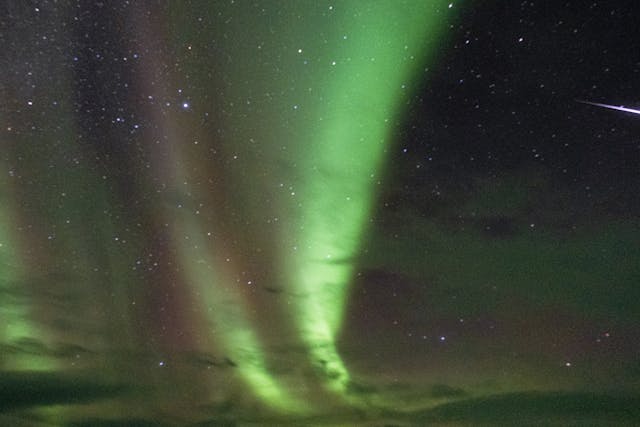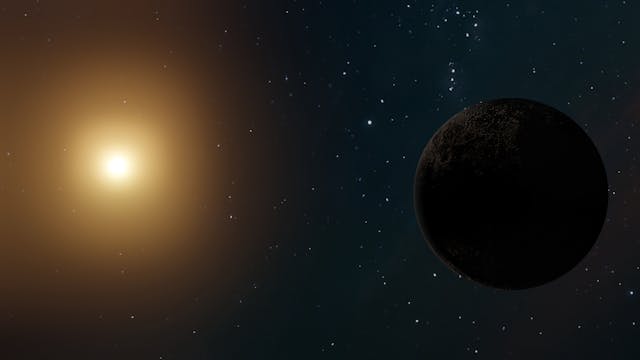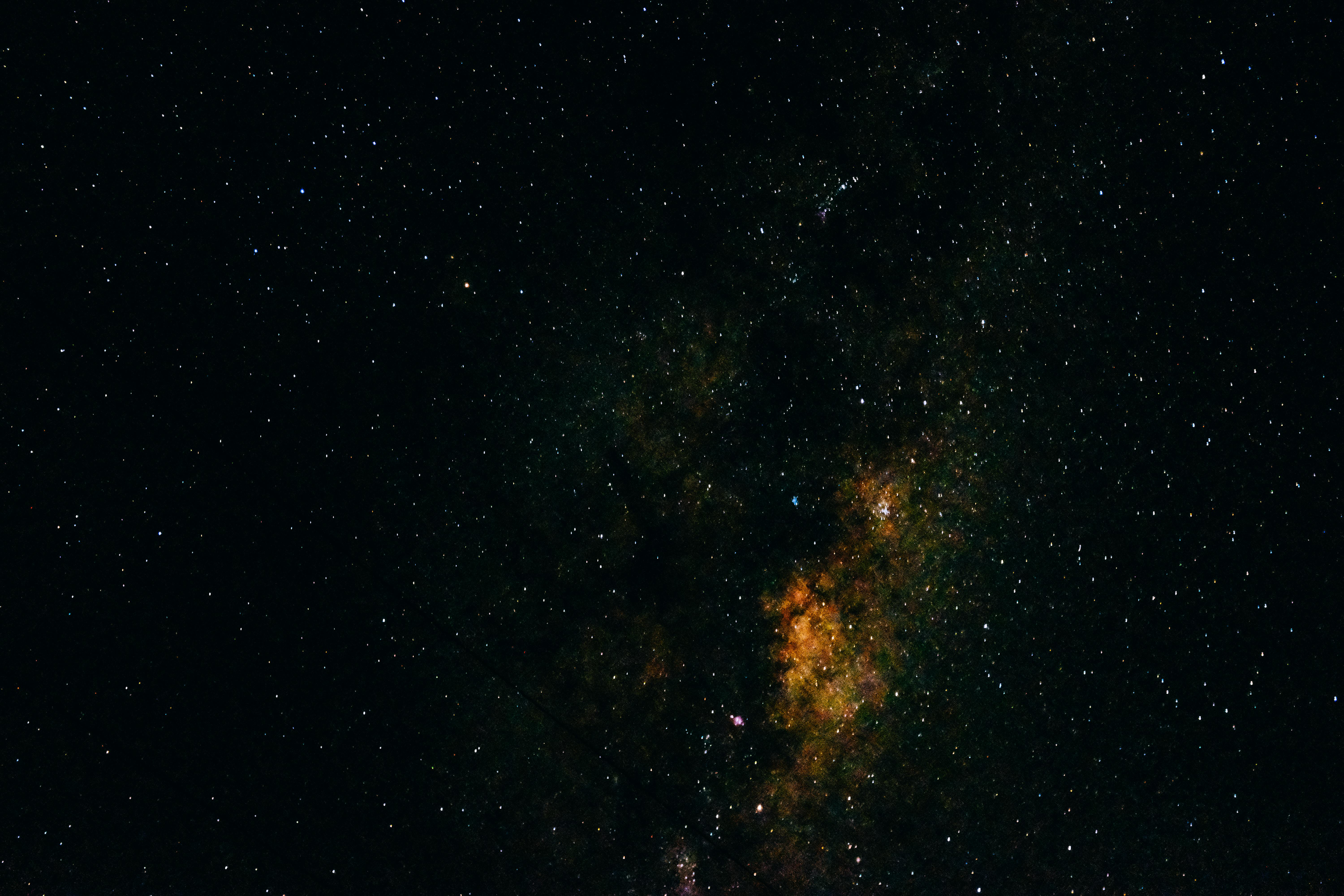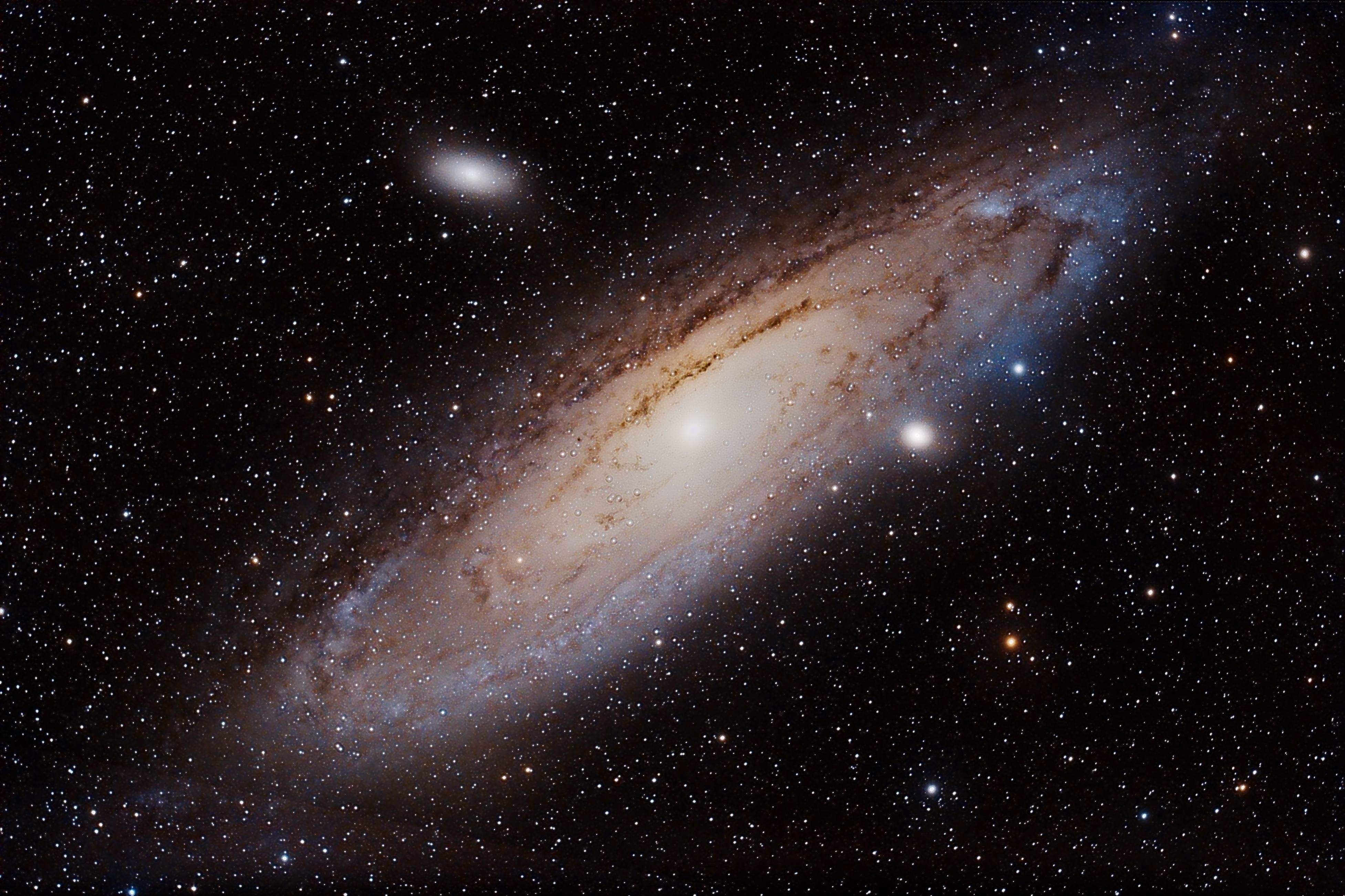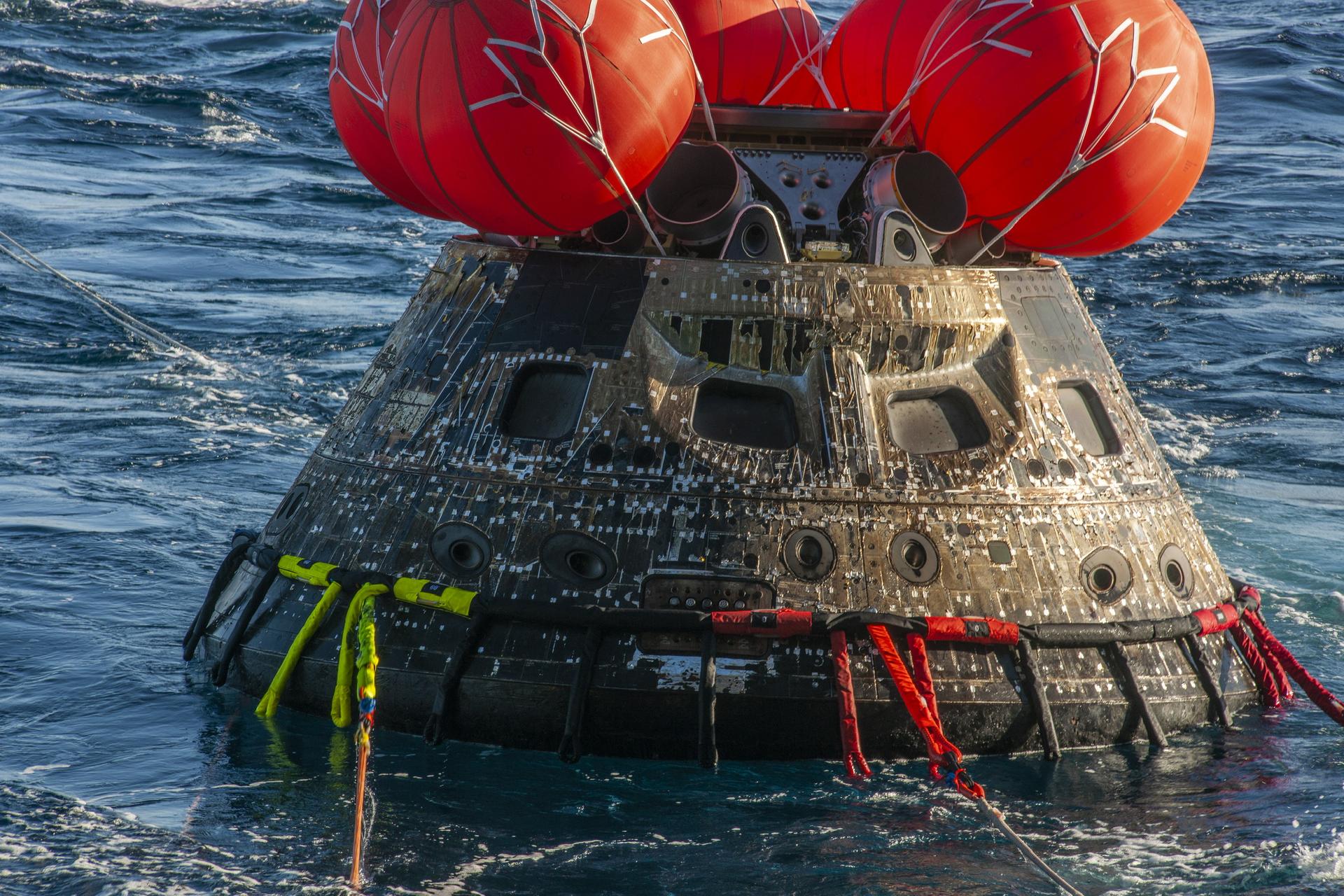Since it began in 1958, NASA has been charged by law with spreading the word about its work to the widest extent practicable. From typewritten press releases to analog photos and film, the agency has effectively moved into social media and other online communications. NASA’s broad reach across digital platforms has been recognized by the […]
Publié le April 1, 2025
Processed with rainbow hues to represent a range of infrared wavelengths, the new pictures indicate the astrophysics space observatory is working as expected. NASA’s SPHEREx (short for Spectro-Photometer for the History of the Universe, Epoch of Reionization and Ices Explorer) has turned on its detectors for the first time in space. Initial images from the […]
Publié le April 1, 2025
Thomas Ozoroski, a researcher at NASA’s Glenn Research Center in Cleveland, takes icing accretion measurements in October 2024 as part of transonic truss-braced wing concept research. In the future, aircraft with long, thin wings supported by aerodynamic braces could help airlines save on fuel costs – but those same wings could be susceptible to ice […]
Publié le April 1, 2025
April (Meteor) Showers and See a City of Stars! Enjoy observing planets in the morning and evening sky, look for Lyrid meteors, and hunt for the “faint fuzzy” wonder that is the distant and ancient city of stars known as globular cluster M3. Skywatching Highlights All Month – Planet Visibility: Daily Highlights: April 1 & […]
Publié le April 1, 2025
The NASA History Office brings you the new Spring 2025 issue of NASA History News & Notes reflecting on some of the transitional periods in NASA’s history, as well as the legacies of past programs. Topics include NASA’s 1967 class of astronauts, historic experiments in airborne astronomy, NASA’s aircraft consolidation efforts in the 1990s, lightning […]
Publié le April 1, 2025
For many students, the path to a NASA career begins at a community college. These local, two-year institutions offer valuable flexibility and options to those aspiring to be part of the nation’s next generation STEM workforce. NASA offers several opportunities for community college students to expand their horizons, make connections with agency experts, add valuable […]
Publié le April 1, 2025
The Discovery Four rocky planets much smaller than Earth orbit Barnard’s Star, the next closest to ours after the three-star Alpha Centauri system. Barnard’s is the nearest single star. Key Facts Barnard’s Star, six light-years away, is notorious among astronomers for a history of false planet detections. But with the help of high-precision technology, the […]
Publié le April 1, 2025
Written by Natalie Moore, Mission Operations Specialist at Malin Space Science Systems Earth planning date: Friday, March 28, 2025 Womp, womp. Another SRAP (Slip Risk Assessment Process) issue due to wheels being perched on these massive layered sulfate rocks. With our winter power constraints as tight as they are, though, keeping the arm stowed freed […]
Publié le April 1, 2025
This ARMD solicitations page compiles the opportunities to collaborate with NASA’s aeronautical innovators and/or contribute to their research to enable new and improved air transportation systems. A summary of available opportunities with key dates requiring action are listed first. More information about each opportunity is detailed lower on this page. University Leadership InitiativeStep-A proposals due […]
Publié le April 1, 2025
Preparations for NASA’s next Artemis flight recently took to the seas as a joint NASA and Department of Defense team, led by NASA’s Exploration Ground Systems Program, spent a week aboard the USS Somerset off the coast of California practicing procedures for recovering the Artemis II spacecraft and crew. Following successful completion of Underway Recovery Test-12 […]
Publié le March 31, 2025
